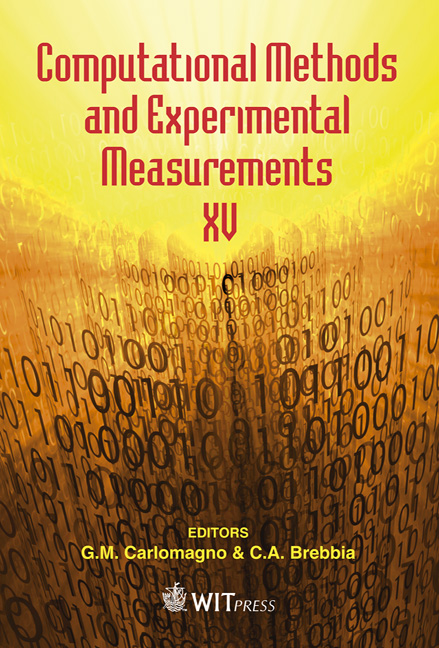On The Truss-type Structures Backing The Ceramic Tiles In The Ballistic Panels Subjected To The Impact Of Hard Steel Projectiles
Price
Free (open access)
Transaction
Volume
51
Pages
10
Page Range
635 - 644
Published
2011
Size
687 kb
Paper DOI
10.2495/CMEM110561
Copyright
WIT Press
Author(s)
A. Morka & P. Dziewulski
Abstract
The objective of this paper is a feasibility study of a new concept for ceramic backing in multilayer ballistic panels. The truss structures were applied as a backing layer. They were based on a diamond crystal structure. The analysis of length/diameter ratio of the bars was performed. It was aimed at the achievement of the required mechanical properties maximizing the ballistic resistance and minimizing panel surface density. The panel structure is considered as a composition of Al2O3 ceramic tile backed by a plate in a truss form made of aluminum alloy or steel. These results were compared with classic multilayer solutions based on solid aluminum alloy backing plates. The study was carried out for a normal impact of the AP (armor-piercing) 7.62x51 projectile type with tungsten carbide (WC) core. A method of computer simulation was applied to study the problem. The Finite Element Method (FEM) implemented in the LSDYNA code was used. The full 3D models of the projectile and target were developed with strain rate and temperature-dependent material constitutive relations. The Johnson-Cook constitutive model with Gruneisen Equation of State (EOS) was applied to describe the behavior of metal parts: aluminum alloy and projectile’s core. However, the Johnson-Holmquist model was used to describe the ceramic material. The Boundary Conditions (BC) were defined by supporting the panel at its back edges. The obtained results show the alternative solution to the classic solid plates supporting the ceramic layers in ballistic panels. It was identified that the main deformation mechanism in truss-type backing components is buckling if the L/D ratio goes up. A virtual prototyping technique could be applied to manufacture the developed truss structure. Keywords: computational mechanics, finite element method, ballistic protection, multilayer armour, ceramic armour systems, truss structure.
Keywords
computational mechanics, finite element method, ballistic protection,multilayer armour, ceramic armour systems, truss structure





